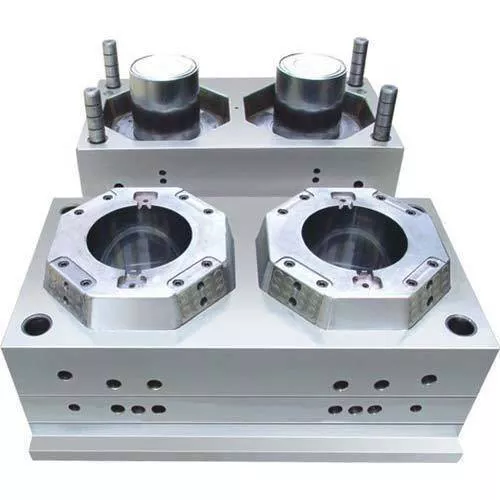Rapid Injection Molding
- 2021-08-13
Rapid injection molding
Rapid injection molding is a popular manufacturing technique that has been idolized for years. Rapid injection molding is similar to conventional molding, yet different enough to affect how parts are designed. This technique lets companies quickly get low-cost and dimensionally accurate prototypes as well as low-volume production parts from plastics.
Rapid injection molding falls between rapid prototyping and conventional injection molding. This technique supports prototyping, bridge tooling, and low-volume production. Additive methods such as FDM and SLA work well for testing form and fit, but often such parts are not a substitute for testing with real injection molded parts. Rapid injection molding is also fast and cost-effective enough to fix problems when initial designs are not quite right.
Rapid injection molding has increased the quality of a final product by increasing the time companies have to test designs. Some manufacturers did quite a bit of testing with rapid prototype based polyurethane castings, but because the material properties of cast materials can differ significantly from those of injected molded resins, many times testing left unsolved.
The technique of rapid injection molding makes testing much more beneficial. It is because everyone knows that new products must pass extensive design, prototype evaluation, and functional testing before they are considered ready to distribute to markets. In this case, rapid injection molding becomes one of the best techniques for prototypes that need to undergo design changes during the developmental stage.
By rapid injection molding technique, you can make as many prototypes as possible needed to get the best products, or you can name it pilot production. It is perfect for market testing until the production plastic mold is ready, or about a three or four month wait. When production volume does not justify to make prduction plastic mold, this molding technique can supply production parts.
If you never knew the process of rapid injection molding, the following can help. The process uses aluminum molds milled on 3-axis CNCs instead of the expensive, hardened tool steel molds used with traditional methods. Molds comprise an A-side, sometimes called the cavity side and a B-side, sometimes called the core side. The A-side mounts to the fixed portion of the injection molding press.
Injection molding
Then, in rapid injection molding, resin is injected through this section of the mold into the part cavity by way of the sprue, the path the resin takes until it reaches the runners. These guide the resin to the gate, the location where the plastic enters the part cavity. The B-side, on the other hand, mounts to the moving side of the press and includes the steel ejector pins. Before designing the mold, parts are oriented so they will remain on the B-Side when the mold opens.
The process of rapid injection molding also requires technology, such as 3D CAD with high speed CNC machining equipment to quickly manufacture injection molds. This way is efficient, as it enables the low cost creation of injection-molded prototypes and makes low volume runs of production parts affordable. It allows manufacturers to get prototypes in just few days. It is also a way company’s image since it lets you to have more preparation before launching products.
-
TAG:








Send Your Inquiry Now